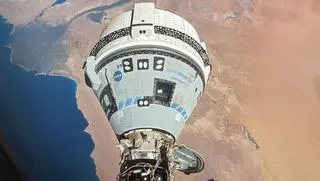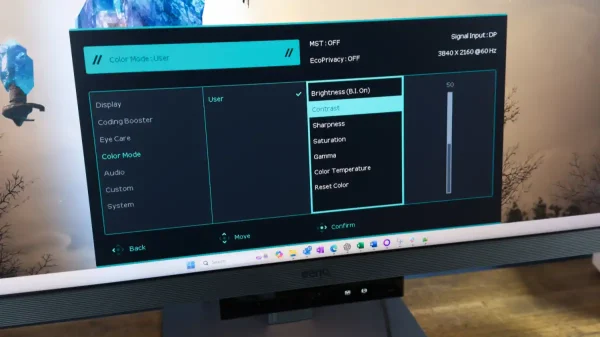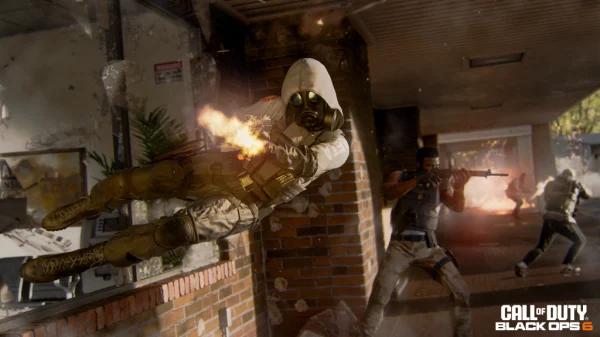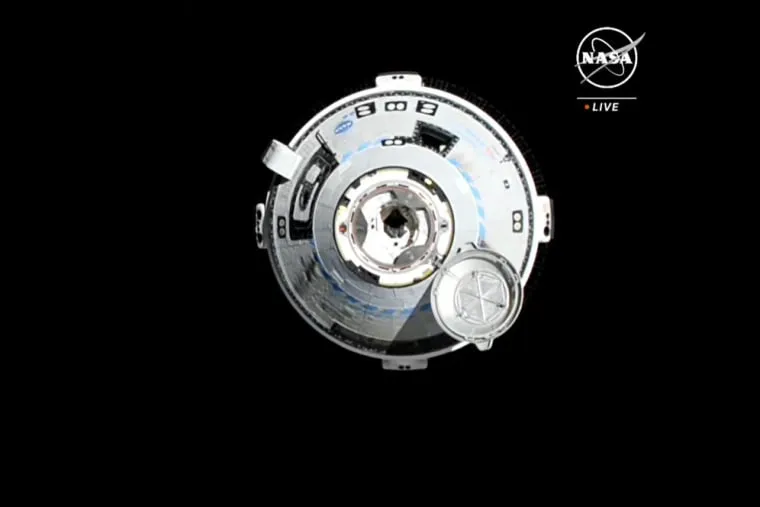NASA has announced a new target date for the first crewed flight of Boeing Space’s Starliner spacecraft, which was initially set to launch on May 9, but was scrubbed just two hours before lift-off due to an issue with a valve on the upper stage of United Launch Alliance’s (ULA) Atlas V rocket. The new launch date is set for no earlier than 6:16 p.m. ET on May 17, from the Kennedy Space Center in Florida.
The Starliner was developed by Boeing as part of NASA’s Commercial Crew Program, aimed at providing a safe and reliable means of transporting astronauts to and from low-Earth orbit. The spacecraft is designed to carry up to seven crew members, but the initial crewed flight will only carry two NASA astronauts, Butch Wilmore and Suni Williams. They will fly to the International Space Station (ISS) and stay for about a week before returning home.
The issue with the valve on the upper stage of the Atlas V rocket emerged during pre-launch operations on May 9. The oscillating behavior of the valve during pre-launch operations ultimately resulted in mission teams calling a launch scrub. According to NASA, the ULA team successfully commanded the valve closed and the oscillations were temporarily dampened, but the oscillations re-occurred twice during fuel removal operations. After evaluating the valve history, data signatures from the launch attempt, and assessing the risks relative to continued use, the ULA team determined the valve exceeded its qualification and mission managers agreed to remove and replace the valve.
This setback is a significant delay for the mission team, but safety has to come first. Engineers decided out of an abundance of caution to halt the countdown clock and prepare launch for another day. The team has now rolled the Starliner and Atlas V rocket to an integration facility to replace the faulty valve, and Wilmore and Williams have returned to quarantine inside NASA facilities, where they’ll remain until next week’s launch attempt.

NASA Reschedules Boeing Starliner’s First Crewed Flight After Valve Issue
The Starliner project has been plagued by delays over the years, with its first test flight in 2019 failing to reach the ISS. However, a subsequent uncrewed test flight in 2022 saw the Starliner dock with the ISS before returning to Earth in a successful parachute landing. This recent delay is seen as a minor setback in the grand scheme of the mission.
The upcoming crewed flight of the Starliner is crucial in confirming the operability of the spacecraft’s onboard systems, paving the way for NASA to use it to carry crews to and from low-Earth orbit in the same way that SpaceX’s Crew Dragon capsule has been doing since 2020. The success of the Starliner mission will provide a vital backup option for NASA’s crew transportation needs, ensuring a safe and reliable means of getting astronauts to and from the ISS.
Despite the delay, the mission team remains committed to achieving their goals. NASA’s attention to safety and its willingness to take a step back to ensure the readiness of the spacecraft and its systems is a testament to its dedication to the success of the Commercial Crew Program. As the world waits with bated breath for the next attempt, it’s clear that the quest for space continues, and the Starliner is poised to play a vital role in the next chapter of space exploration.








































